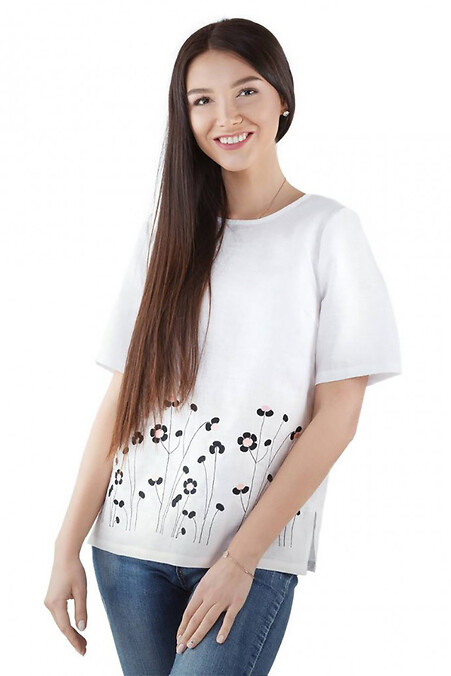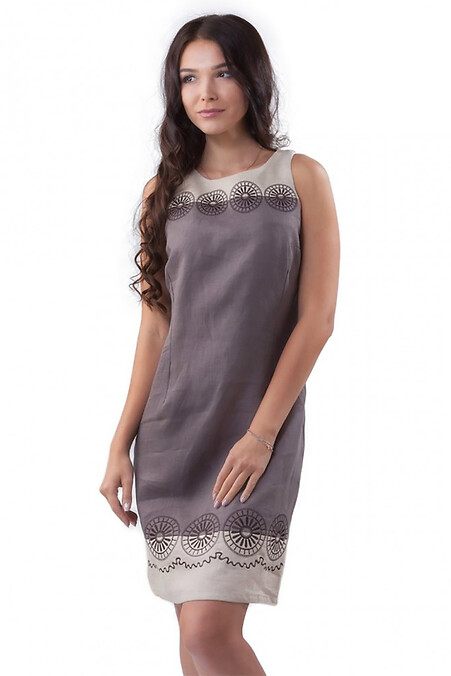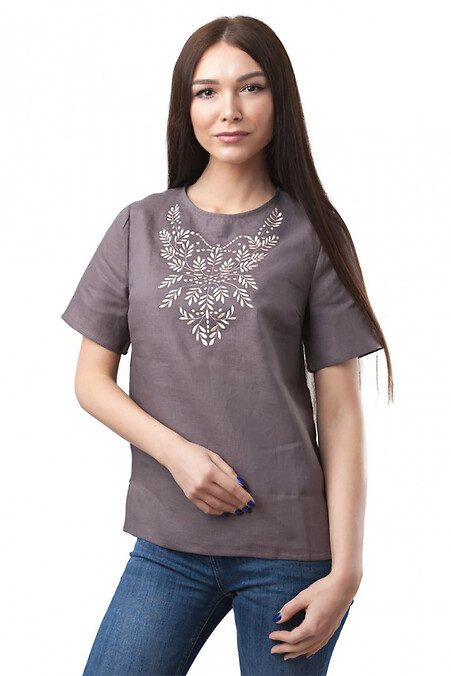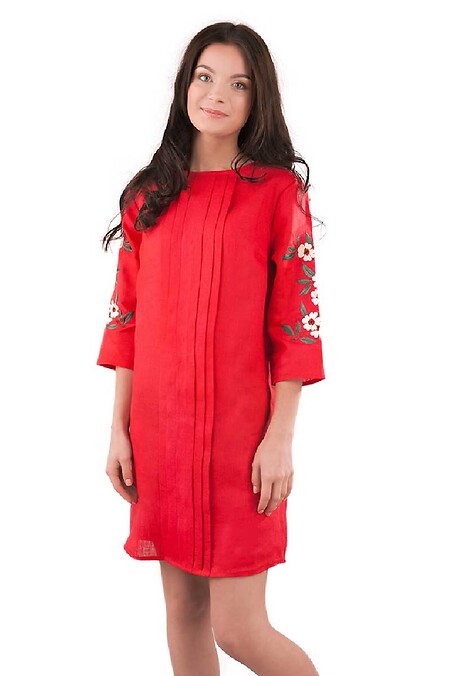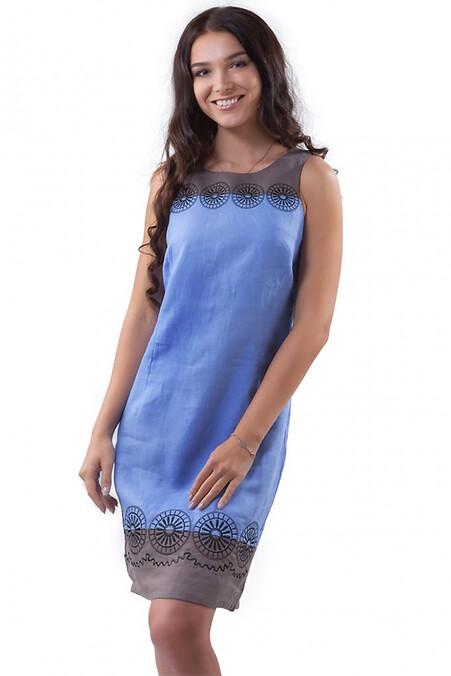Women's national clothes how to choose and where to start!
We do not always wear standard everyday clothes, sometimes there comes a moment when something special is needed, that's when we cast our vote in favor of national clothes. On the one hand, the choice of such clothes is simple, and at the same time, each type has its own peculiarity and we must not forget about it so as not to make a mistake when buying.
The variety of national clothes and features of the choice is huge. Let's take a trip around the world together:
Vyshyvanka. Ukrainian embroidered shirt can have many pattern variations, so the choice is quite large. When choosing, pay attention to the quality of the material and select the pattern you like and its location. This option is suitable for almost all women, since the embroidered shirt sits freely, and if you wish to emphasize the waist, you can choose the appropriate belt.
Dirndl. National clothes worn earlier in German-speaking countries. Usually the dirndl was worn by peasant women and servants. This suit sits beautifully on the figure from above, because in addition to the blouse, a dark corset is also worn, and there is a wide skirt below. An obligatory element of this costume is a beautiful apron that is tied over a skirt. Today, such clothes are especially popular at German holidays or beer festivals, where waitresses are dressed in a dirndl. The main feature in the selection of such clothes is the matching of colors and it must be remembered that such a suit is traditionally sewn from natural fabrics.
Sari. Clothing worn by women in India. Its peculiarity is that a large amount of fabric is needed to create such national clothes. The length of matter can vary from 5 to 9 meters, and the height is about 1.2 meters. Its color can be almost any, and the top and bottom should have a distinctively beautiful low pattern. When choosing this clothing, keep in mind that it is quite difficult to move around in it.
Kimono. It is a dressing gown with large floor-length sleeves, which is tied at the waist with a wide belt of about 20 – 30 centimeters high. Usually the robe itself has a different color than the belt, so it is clearly visible when looking at the suit. If you choose this national dress, then be aware that like any floor-length clothing, a kimono is not very comfortable when walking.
General tips for choosing national clothes:
- It is necessary to reflect the culture of a particular country as accurately as possible, so you should not invent something new, but stick to traditions.
- Remember about convenience and try on in advance and check whether you feel comfortable in such clothes.
- Often, national clothes are made from natural fabrics, so this may affect the pricing policy.


